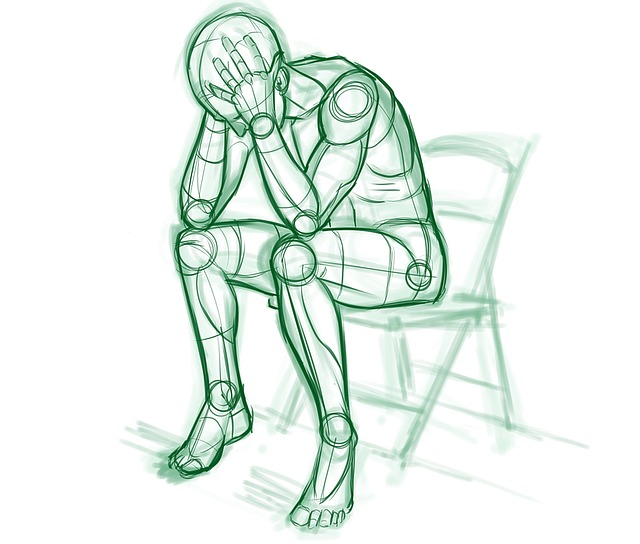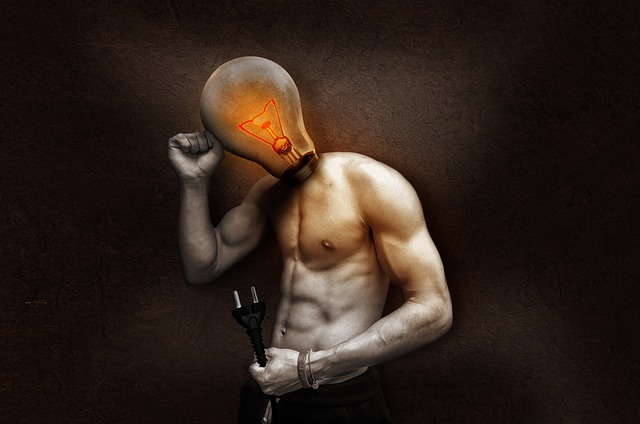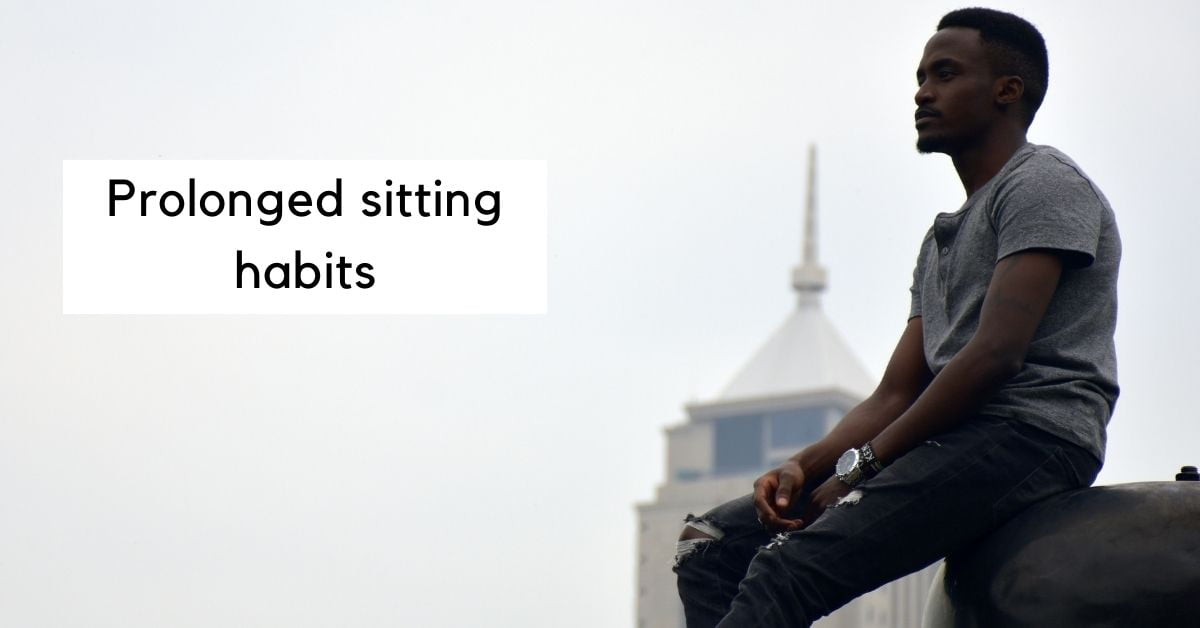How prolonged sitting habits can cause physical and emotional pain
Poor posture can profoundly impact your overall well-being, manifesting a range of discomforts and health concerns.
Among these, low back pain, muscle tension, and back pain are prominent, causing aches and strains that can disrupt your daily life.
But the effects don’t stop there.
You might also experience low energy levels, exacerbated by muscle spasms and fatigue, which further contribute to a persistent sense of tiredness.

As if that weren’t enough, a headache may become a frequent companion, resulting from the added tension that poor posture places on the neck and shoulders.
Your mood might also take a hit, as the discomfort and pain can leave you feeling irritable and even stressed.
It’s a domino effect, where one issue feeds into the next, leaving you in a constant state of discomfort.
In addition to the these symptoms, you might find yourself struggling with shortness of breath due to the compromised alignment of your chest and lungs. Even your range of motion may become limited, making it harder to perform everyday tasks with ease.
This adverse chain of events, triggered by the effects of poor posture, is often exacerbated by prolonged periods of sitting while leading a sedentary lifestyle, whether it’s at work or home.

Wrist pain, shoulder pain, stiff fingers, neck pain, pains, lower back pain, musculoskeletal pain, and spasms might also occur when not maintaining good posture.
Addressing these issues is crucial not only for your physical health but also for your emotional and mental well-being. Adopting correct posture habits, incorporating regular movement into your daily routine, and creating an ergonomic workspace can help alleviate these side effects and promote a healthier, more comfortable life.
The new normal: Long periods of sitting
Over the past five decades, it’s no secret that the prevalence of sedentary jobs has surged, doubling in number.
The implications of this trend are far-reaching, not only for adults but for our children as well.
The statistics that reveal the extent to which our kids are now spending their day sitting in a static posture are indeed disheartening, to say the least.
It’s a reality that may be difficult to confront, so we’ll spare the unsettling details for now, opting not to stir tears today.

Yet, the challenge we face is undeniable, and it’s a challenge that demands our attention and action.
The stark increase in sedentary work and lifestyles has consequences that impact our well-being on multiple fronts.
The good news is that there are steps we can take to address this sitting position issue, making small but impactful changes to our daily posture habits, especially when we find ourselves confined to a desk, behind the wheel of a car, or comfortably ensconced on a sofa.
What is good posture? It depends on who you ask.
In our modern age, a wealth of information is readily available, offering guidance on how to stave off the detrimental effects of bad posture and poor sitting habits.
This guidance comes from various sources, spanning the spectrum from comprehensive ergonomics studies and the sage advice of medical professionals to the enthusiastic guidance of coaches and self-proclaimed gurus.
Despite this treasure of knowledge, it’s puzzling to observe that the population at large continues to grapple with the very side effects these resources aim to prevent.

The paradox is evident. We are saturated with information on how to maintain correct posture and ergonomic sitting habits, we paradoxically find ourselves suffering more from the same symptoms and discomfort that this advice should mitigate.
The irony is palpable, given that our digital age has armed us with more knowledge and tools than ever before to maintain a healthier lifestyle.
The information on this topic can often be overwhelming, and this sea of advice is not without its contradictions.
This leads to the emergence of distinct camps, each championing its own unique approach.
These factions sometimes engage in passionate debates, arguing over which methods are the most effective in combating the unnecessary suffering caused by bad posture.
In these disputes, it’s as if different groups are competing for the mantle of the “gold standard” in technology and methodology, all while the broader population struggles with the ongoing ramifications of this seemingly intractable issue.

The ultimate irony lies in the fact that the very knowledge meant to liberate us from the chains of discomfort often becomes a source of confusion and division.
In a world awash with information, the challenge remains not just in accessing it, but also in deciphering the most effective strategies to implement in our daily lives.
Amidst this cacophony of guidance, the quest to improve your posture continues to elude us, even as we are inundated with countless insights and solutions.
How to increase body awareness and improve your posture
It’s an opportunity for transformation. By taking a proactive approach, we can mitigate the effects of excessive sitting and reverse some of the damage it may have already caused.
These changes may involve altering our everyday activities, introducing physical activity into our daily lives, and reevaluating how we engage with our environments.

While the challenge is significant, it is not insurmountable.
We can start by recognizing the problem and then taking gradual steps to minimize its impact, ensuring a healthier, more active future for ourselves and the generations to come.
It’s a matter of choice, and by making informed choices, we can work towards a better balance between our sedentary pursuits and an active, healthful lifestyle.
Who needs to learn about improving posture?
Overall, this will be of interest for anyone there that is already experiencing some of these issues.
That said, professionals that are in workstation for time they perform their work will certainly benefit. Other beneficiaries include those in office environments, work from home individuals, and the wide variety of transportation professionals such as truck drivers, delivery drivers, taxi, ambulance, police, and firefighters who spend a lot of time in a sitting position while driving.
People that spend more than few hours at their workstation or rest station that resembles any kind of chair, sofa, recliner, or bench will benefit. This includes but is not limited to students, gamers, and stay at home parents.
Anyone that spends more than couple of hours in some kind of sitting position on daily basis will find good information here.
Even people who don’t experience pain, might find good information here about to stay pain free and minimize the potential risks that are connected to sitting positions.
It’s time to look for help and proper resources

You might not have heard, but sitting is the new smoking.
At least that what is coming out recently from some research in the medical field which warns us about the dangers of staying in sitting positions too long.
This is not just limited to bodily aches, but also can include emotional disruption, diabetes, and weight gain.
Thanks to Barefoot Youth, we’ve got a little treat for you – a free and short eBook called the “Sitting Dis-Ease.” This resource has compiled information from all over and takes you on a journey through a holistic spectrum of perspectives about sitting.
It’s a bit like picking shoes – one size most definitely does not fit all in this world of sitting and finding good posture!
This book will show you that there’s more to sitting than meets the eye, and that a one-size-fits-all approach is about as useful as a chocolate teapot.

If you’re ready for a roller-coaster ride through the “Sitting Dis-Ease” eBook, brace yourself for an exhilarating journey that might just have you questioning everything you thought you knew about sitting, health, and a pair of well-worn shoes!
What to know about the “Sitting Dis-ease”
The “Sitting Dis-ease” brings awareness to the specific problem of prolonged sitting and lays out a variety of information about this particular issue.
The information contained here comes from diverse sources. In certain instances, the information might not align and might even contradict.
This issue, like any other issue, has different camps on what is the cause and how to combat it.
Even in the same camps, different individuals, such as practitioners, have different approaches that might differ or contradict each other. With that said, here is a compilation of most things that are out there.
Explore the resource and try out different things to see what works best for your unique situation!







